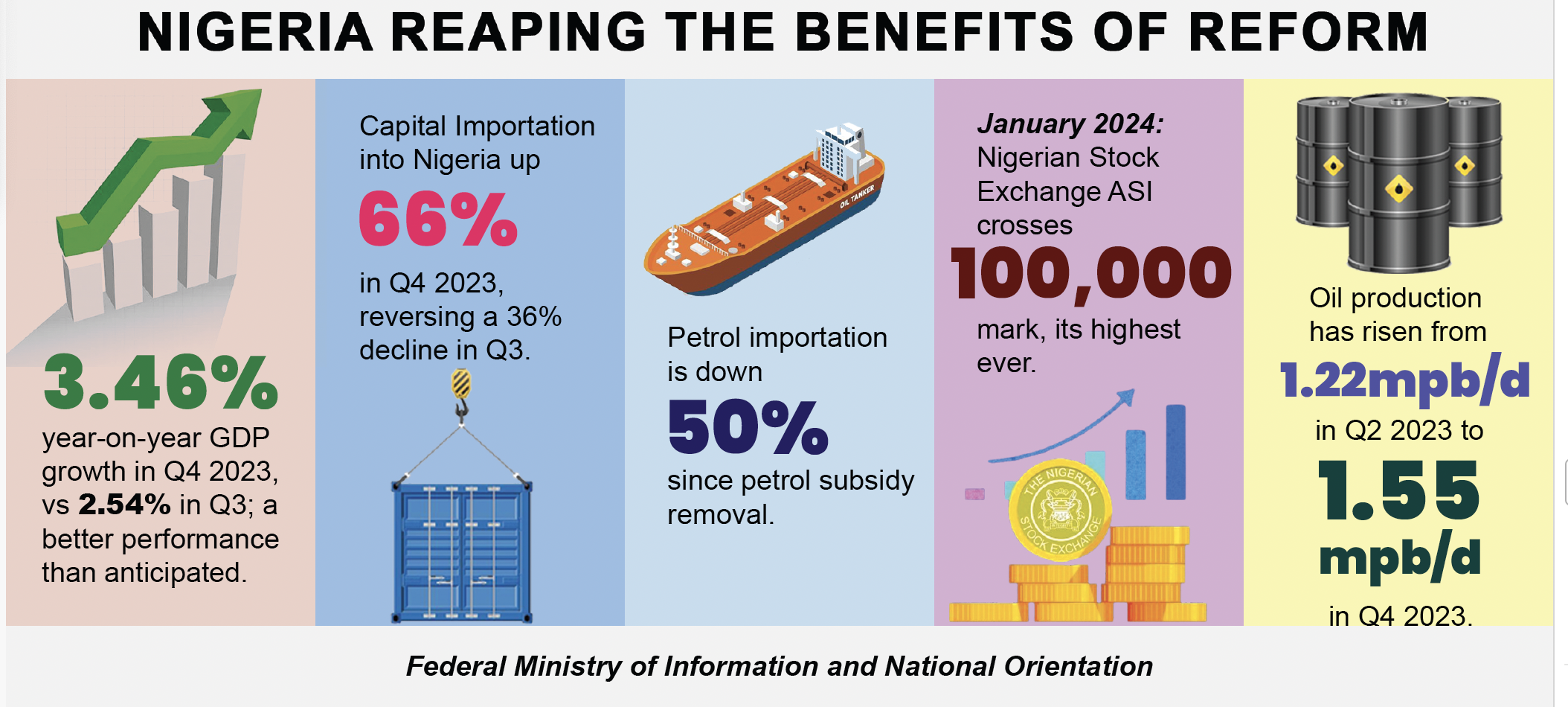The serve and volley strategy in tennis is a classic art that has transcended generations. While modern tennis often favors baseline rallies and powerful groundstrokes, the serve and volley approach remains an intriguing and effective tactic. In this article, we will explore the phenomenon in tennis, delving into its historical evolution, the key elements that define this strategy, its resurgence in the modern game, and its impact on the sport and its players. Make sure you use all BangBet casino gaming options cause it’s easy and exciting.
Historical Evolution
The serve and volley strategy has deep roots in the history of tennis. It was a dominant approach in the early years of the sport when wooden rackets and grass courts were the norm. Players like Bill Tilden and Rod Laver perfected the serve and volley game, showcasing the artistry and athleticism required to execute it. However, as the sport evolved with new equipment and surfaces, the tactic witnessed a decline in popularity, giving way to baseline-oriented play.
Key Elements of Serve and Volley
The serve and volley strategy relies on a powerful serve and the player’s quick rush to the net. A well-executed serve is crucial to gain a strategic advantage, while the volley skills at the net play an equally pivotal role. Precision, timing, and excellent reflexes are essential for specialists of this style. The net player aims to finish points swiftly by closing off angles and forcing opponents into defensive positions.
Resurgence in the Modern Game
In recent years, there has been a resurgence of the serve and volley strategy in the modern game, primarily driven by players who dare to embrace this classic approach. Notable names like Roger Federer, Novak Djokovic, and Stefanos Tsitsipas have incorporated elements of this style into their game plans, surprising opponents and spectators alike. This resurgence has added a new dimension to tennis, showcasing top players’ versatility and ability to adapt to different playing styles.

- Tinubu sends best wishes to Team Nigeria at Paris Olympics
- Police arrest man for allegedly killing friend for ritual in Osun
- 2026: No vacancy in Ekiti Government House – Senate Leader
- Submit your names, addresses to police, IG tells hunger protest organisers
- Discontinue probe in cases pending in court, lawyer writes lawmakers
Impact on the Sport and Players
The serve and volley approach has left a lasting impact on the sport, influencing the development of versatile players who can excel in various playing conditions. It challenges opponents to adapt to a more aggressive and unpredictable style of play, making for captivating matches. Additionally, players who embrace this tactic often find themselves better equipped to handle net exchanges, improving their overall game.
Notable Serve and Volley Exponents
Throughout tennis history, several iconic players have left an indelible mark on the sport. Legends like Pete Sampras, John McEnroe, and Boris Becker are celebrated for mastering this strategy. Their remarkable careers and numerous Grand Slam titles testify to the effectiveness of the serve and volley style.
Challenges and Adaptations
While the serve and volley approach offers numerous advantages, it also presents unique challenges. Players must contend with the demands of quick movement to and from the net, precise volleying under pressure, and the need for a formidable serve. Adapting this strategy to different surfaces, such as the slower clay courts, requires skill and finesse.
Conclusion
The serve and volley phenomenon in tennis is a testament to the sport’s adaptability and the enduring appeal of classic tactics. Its historical evolution, key elements, and resurgence in the modern game highlight the strategy’s timelessness. With the influence of notable serve and volley exponents and the challenges it poses, this approach continues to captivate fans and inspire players to explore its potential. As tennis evolves, this strategy remains a compelling aspect of the sport, enriching the diversity of playing styles and contributing to its timeless allure.

